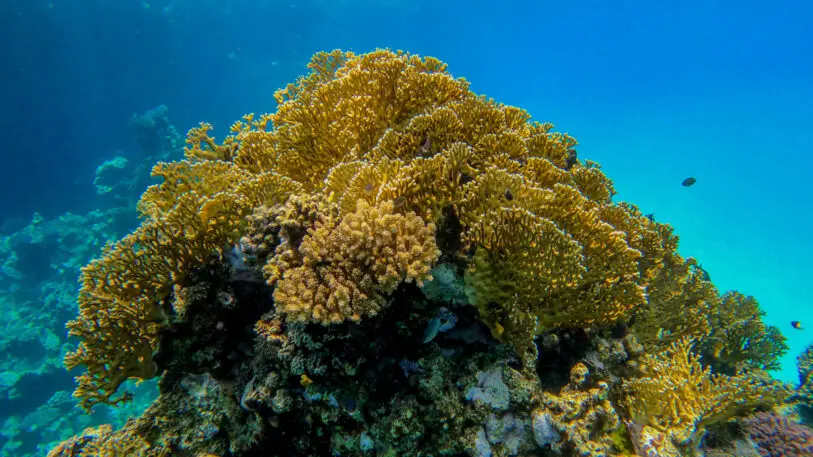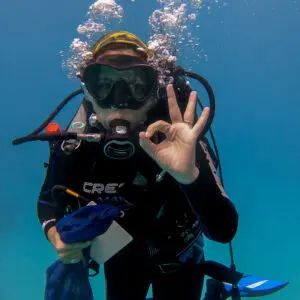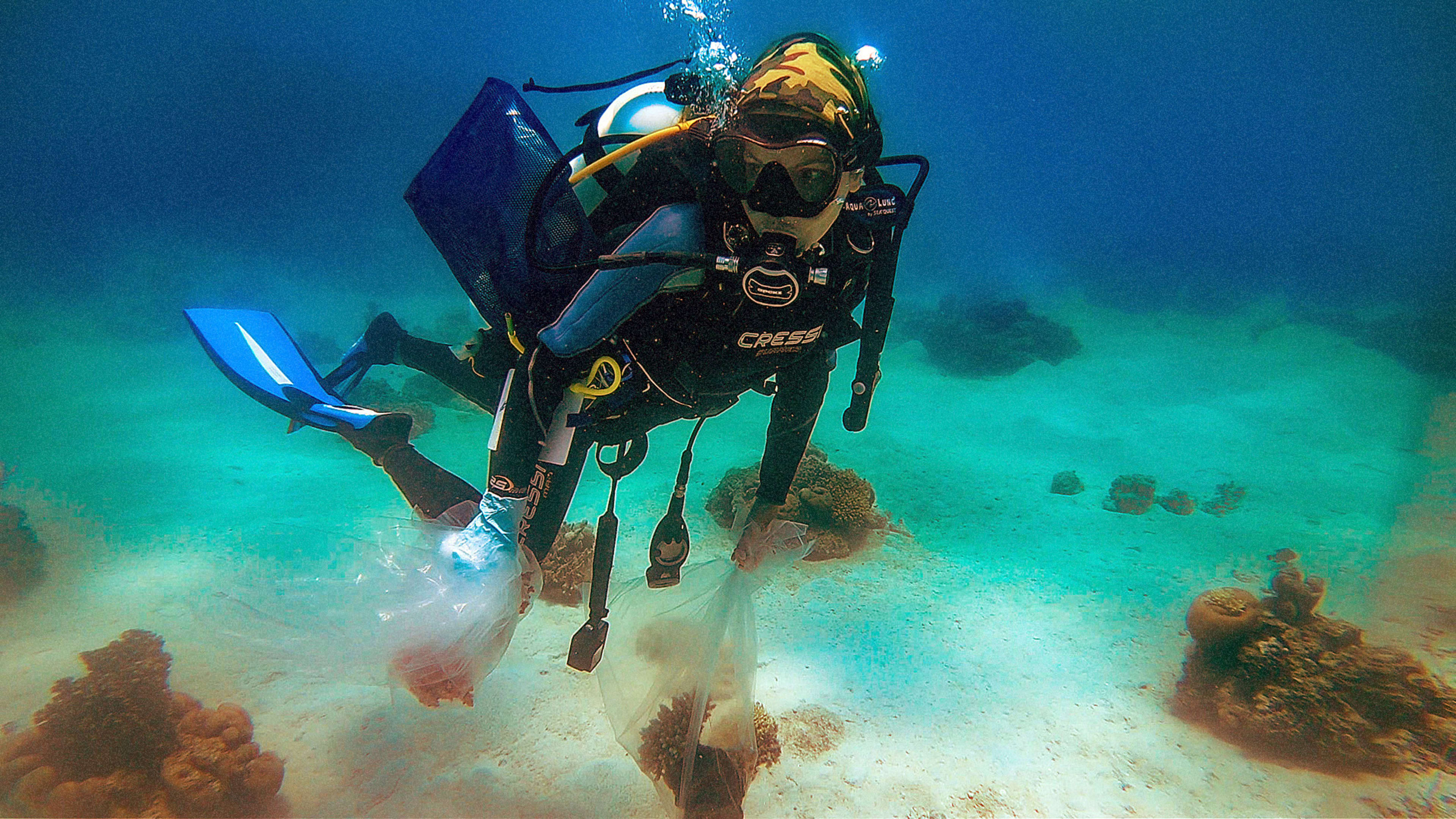As climate change makes the ocean hotter, marine heat waves are causing coral bleaching—when a healthy, colorful reef suddenly expels algae. The reef turns white, and tiny coral polyps, which had been living symbiotically with the algae, risk disease and starvation. If the stress continues too long, the corals die.
Probiotics designed for coral reefs might be able to help. In a new study, scientists simulated a heat wave in aquariums, pushing the temperature of the water up to 86 degrees for 10 days. In some of the tanks, fragments of coral reefs were dosed with a mix of beneficial bacteria. Others were sprayed with a placebo dose of saline. All of the corals that got the probiotics survived. Forty percent of the corals in the other group died.


Before the process is used in the ocean, there will be more lab tests to see the impacts on a wider range of coral species, and then pilot tests in small areas of reefs. Dhir argues that the world needs to act quickly, while taking precautions to make sure that the probiotics don’t unintentionally introduce new problems. “We take the stance that if it’s human-induced behavior which is causing the decline of these ecosystems, then we have a moral imperative to intervene in the most fragile of those ecosystems if we know we can do so safely and efficaciously,” he says.
The bacterial cocktails can be used in combination with other strategies, such as breeding corals to resist heat. But the most critical step is reducing emissions: If climate change continues on its current path, coral reefs won’t survive. Probiotics might help buy more time now, but aren’t a complete solution. “We need to work on the only solution, which is CO2 mitigation,” says Peixoto. “And in addition, we need to develop some strategies to accelerate adaptation.”
Recognize your brand’s excellence by applying to this year’s Brands That Matter Awards before the early-rate deadline, May 3.
